Of all the building materials we have at our fingertips, there is one material that is often ignored, until it is not there. We are, as a nation, perhaps one of the largest per capita user of this material around the world, and yet most people hardly give it a second thought. But over the last year we have thought about this material like never before and market economics have played a large part in the discussion. We are talking about plasterboard, of course, which is nearly always known by one particular trade name in Aotearoa: GIB®.
The product itself is not that complex and so it is produced all over the world — just two layers of strong paper with a thin layer of a gypsum plaster mix in between. Luckily, we produce our own material here, although increasingly there are alternatives on the market, imported here in an increasingly large range of competing brands. Aotearoa is unusual amongst other countries in that we are allowed to use it as bracing for our buildings, and so it is screwed to the interiors of homes all over the country. When we are doing up an old home, it is one of the first products to be brought onto site, flattening out walls, recreating smooth new ceilings and generally stiffening up and fire rating the house, with a thin layer or two of plasterboard.
Gypsum is a marvellous material really, arising from a natural evaporite mineral with the chemical composition of CaSO4.2H2O, namely calcium, sulphur, oxygen and water. Ground up and reconstituted into a thin paste, it is rolled out flat to make sheets of material with wonderful fire-resisting properties. What is even better is that, at the end of its life span, the plasterboard can be carefully dismantled and allowed to decompose back into the compost. It will not burn, it can decompose, and it can absorb water when not properly protected, as most builders know. Whether you call it drywall, sheetrock, plasterboard, or a myriad of other names, the composition is all pretty much the same, although quality-control procedures may vary from one manufacturer to another. Because we use it here for structural purposes such as bracing to resist lateral shaking, product substitution is usually heavily frowned upon, and MBIE have produced a helpful flowchart to clarify which products can be changed, along with where and how.
As we probably all know by now, Winstone Wallboards has inaugurated a massive new factory near Tauranga, which has vastly increased production of all their gypsum-based products. The supply chain issues of the pandemic era have now eased, and the new factory is up and running fast, well capable of supplying all of the plasterboard needs within the country. In the meantime, of course, several other brands have gained a stronger foothold in this country thanks to the period of shortage, and so there is a subsequent widening of the range of possibilities by MBIE. Regardless of the supplier, there are many tips and tricks for plasterboard installers, such as ordering special long run sizes so that areas like corridors can be quickly and smoothly completed, with a minimum amount of taped joints to cope with.
Recently of course, the range of GIB® products has been widening even further. While we have had specialist plasterboard surfaces like Aqualine, Fyreline, Braceline and Ultraline, to go along with the GIB® standard product, we have a couple of new additions to the GIB® family.
Barrierline is a new product that is being specified all over the land for its use as part of an Inter-Tenancy Wall on Medium Density Housing, with a thick and chunky central barrier providing a fire-rated and acoustic-rated structure, supported either side by a supporting wall.
Weatherline (resplendent in a bright purple finish) is being specified for short term external cladding that will last quite happily until you have completed the final cladding. Each different special formulation of plasterboard has additives to make it suit its appropriate task, and the purple Weatherline has a tough fibreglass external layer that shields the interior plaster from moisture attack. Its uptake has been swift around the country, and we are seeing it pop up often on MDH builds, gleaming purple on the outside walls for a few weeks until covered over by the final cladding.
It is crucial to detail and build correctly with these two new systems, with no gaps for water, wind and fire to get through. Basic details on those key aspects are available in the Medium book, with additional details around adjoining properties and inter-tenancy walls now available online at www.mediumdensity.nz.
Medium Quick-Fire Quiz — Be in to Win!
This month's Medium Quick-Fire Quiz is sponsored by GIB®. Enter the draw to win a $200 Meat Box gift voucher! Simply answer our questions to enter the draw — entries close 5pm Wednesday 8 November 2023.








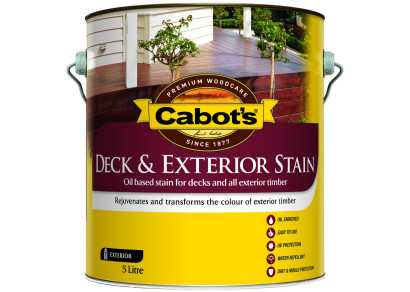




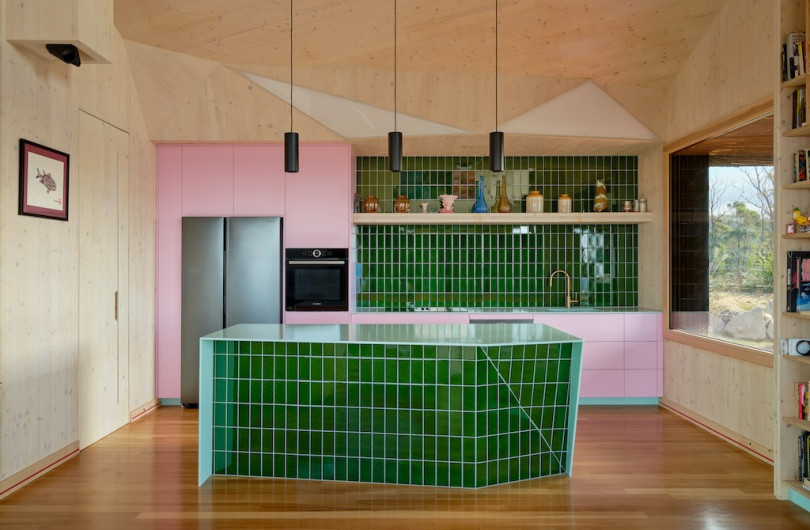
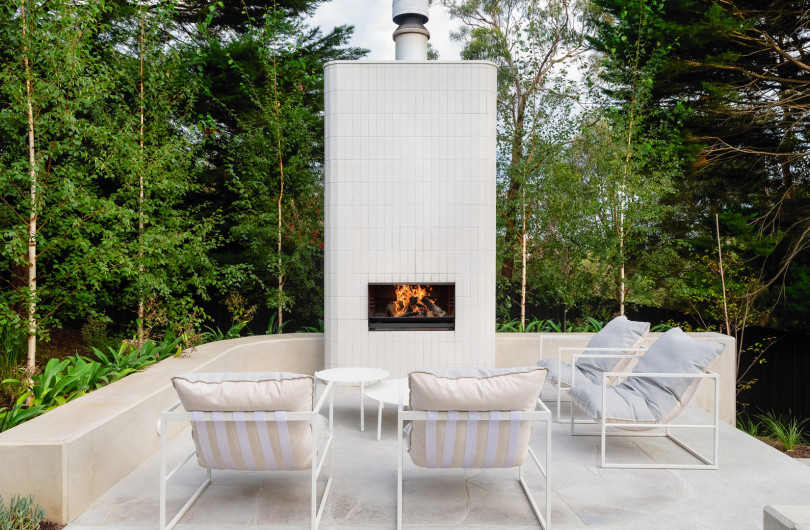




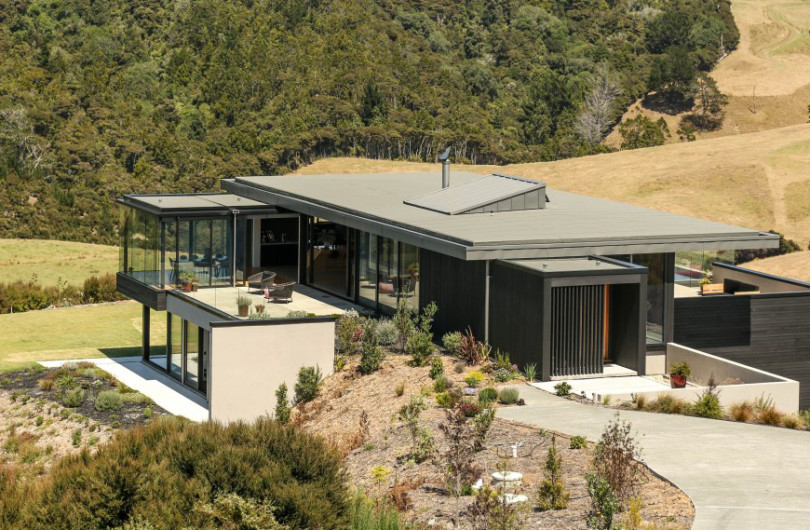




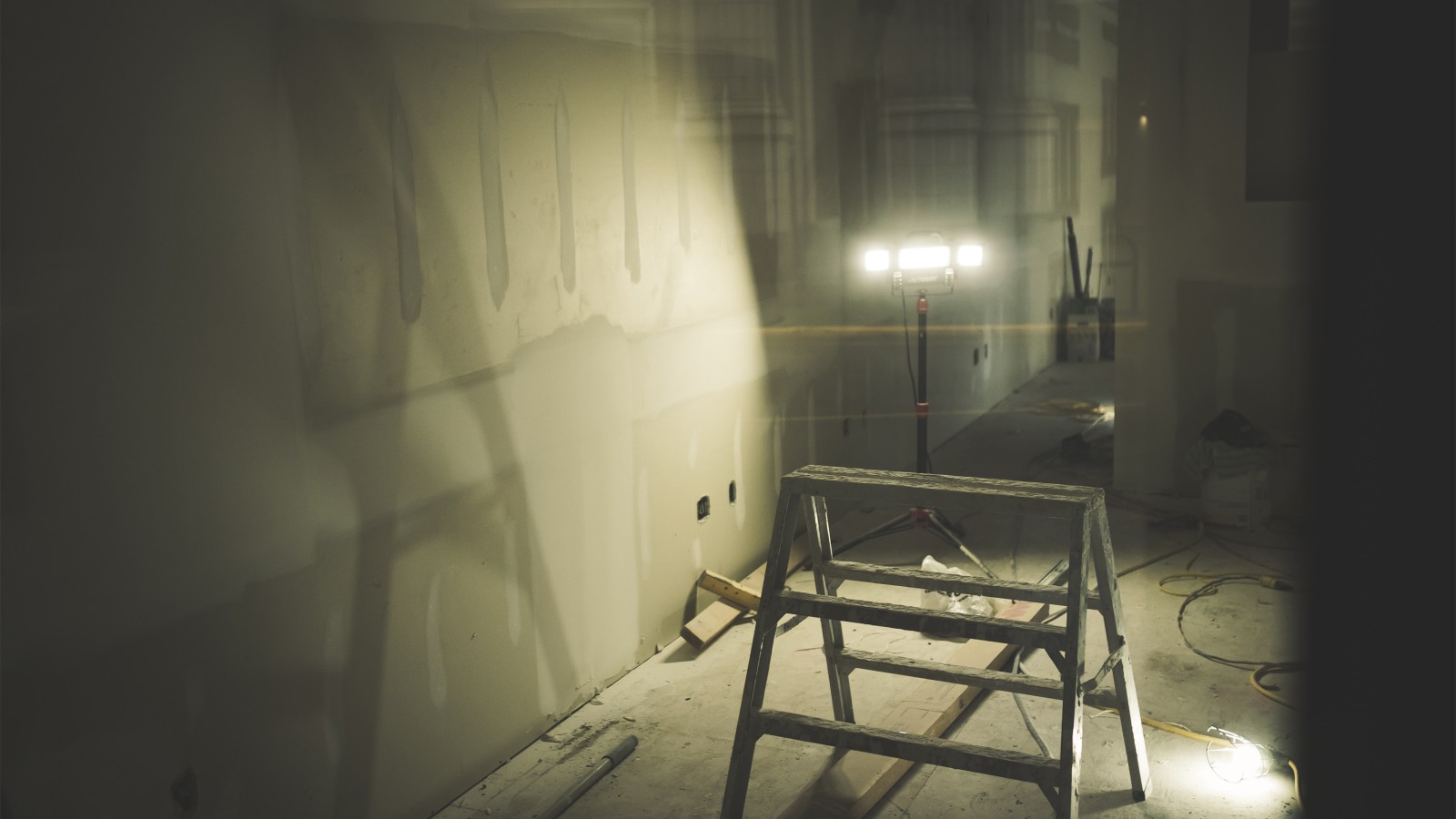



 Most Popular
Most Popular Popular Products
Popular Products



